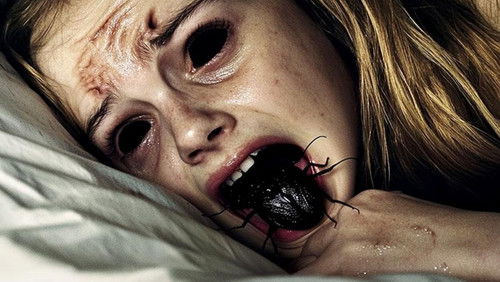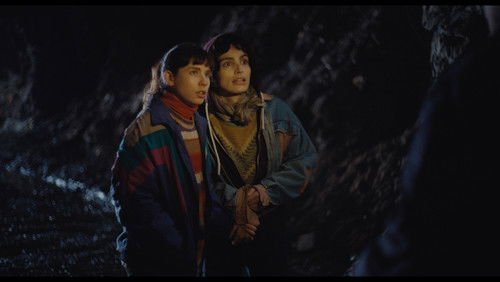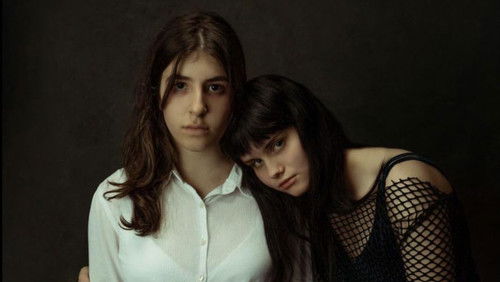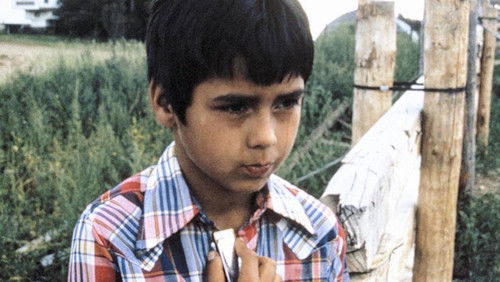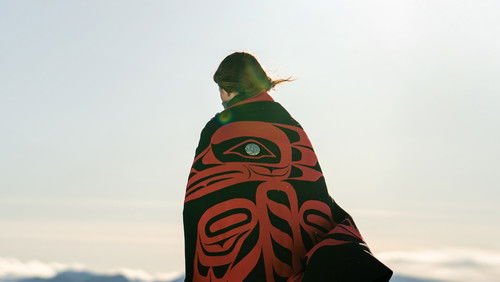Gô-hime (1992)
26KGô-hime (1992). 2h 22m
“The joy of creating things lies in revealing something new in the world. Itu0026#39;s difficult to know the value of something new… itu0026#39;s beyond calculation. Thus sometimes, creators may indeed appear selfish. Rikyu was an example of this.u003cbr/u003eu003cbr/u003eThis is going to be kind of long, but I really do hope you read. Call me a mega-fanboy of Hiroshi Teshigahara but I will stand by these words.u003cbr/u003eu003cbr/u003eHis films from the 60s are frenetic, higher energy, faster paced, creative, photographed in b u0026amp; w (with one exception), and focus so greatly on the loss of identity. His final two films of his career, Rikyu u0026amp; Go-hime, are slower-paced, more deliberate, more calculated, disciplined, refined, filmed in color, and have characters who thoroughly understand who they are. The evolution of going from these 60s pieces to the 80s ones, is not a conventional one (although there are probably plenty of examples of artists becoming more disciplined and refined as they get older). For HT, the journey came from his fatheru0026#39;s calling and eventually his own to the art form of Ikebana (flower arrangement) and his pursuit of this other art turned him into a master. Our own version of Rikyu, for example; a man of his time, of his art; dedicating his life in full. It just so happens his mastery and understanding of one art form carries over so well to film. The man had an eye like no other.u003cbr/u003eu003cbr/u003eThe most impressive thing to me is the calculated layout and geometry of his camera work and photography; a manu0026#39;s head clearly reflecting off a gloss table (what he had utilized to massive effect in The Man Without A Map), a gardener in silhouette between two columns, hooves of horses trotting in tow, a man yelling in frustration in a cave, a winter forest, a summer meadow, a grove of cherry blossoms, how a particular prop is placed, the preciseness of having us focus on someoneu0026#39;s hand or foot… I really could go on. Everything in frame are his brushstrokes, the entire film his painting. Not too much color, not too little. Not lingering too long on someoneu0026#39;s face, and allowing a character to stand up (while talking) to suddenly not see his face. The fluidity and rigidity of the characteru0026#39;s movements. Knowing, caring and understanding the Way of Tea. It sounds like a ton (well cause it is) but you could very well miss it all if you just took this film at face value and strictly paid attention to the two plots that carry on throughout the film. In fact, much of what we see is so subtle youu0026#39;d have to know what youu0026#39;re looking for but that doesnu0026#39;t, in the very least, not allow one to feel the meditative and reflective states one can draw from Rikyu or Go-hime, or seeing the ever-present geometry in every frame. To even not notice the innate beauty of Japanu0026#39;s geography and culture, would be very shortsighted to anyone who watches these films.u003cbr/u003eu003cbr/u003eAgain, as I mentioned in my review of Rikyu, the plots may not be all that interesting unless you are captivated by feudal Japanese Tea lords or the Japanese culture at large (which I have learned does fascinate me). HT does create something new here (at least as far as my knowledge in film goes) with giving us a preservation of a meditative journey that reflects upon death and the people we choose to spend our time with; all the while subtly infusing his late-refined visual style upon us. If Rikyu is about the reflective state of tea ceremonies and always pursuing the perfect harmonious moment, than Go-hime is about the loneliness (and bitterness) that can override us and bewilder us from ever achieving these moments. We all wish to never be alone (as we see troubles Lord Oribe in the film) but it is a an ever-present station of reality, always looming while we try to live our lives. Usu the gardener and Princess Goh herself additionally drive this point home with their u0026quot;romanticu0026quot; subplot, as does the elder thief Junsai who briefly mentors the gardener. Always lurking in the back of many of the characteru0026#39;s minds is the fear of exile for even being remotely kind to the Christianity that is spreading throughout Japan (some tea lords greatly opposed this, they believed in Buddha as far as I know). As we learned in the previous film, the character Rikyu, gets ordered to exile and eventually death for disobeying orders/sentiments of a different kind. The point being that Go-hime shows us how unsettling and disruptive general toxicity (or more subtly, disagreement) can be, and how it ultimately generates this ominous loneliness many characters fear (exile, death, etc). Iu0026#39;m not sure if I totally understand the u0026quot;romanticu0026quot; subplots minutia but I feel that this relationship presents loneliness in a more brave and non-obvious way.u003cbr/u003eu003cbr/u003eI suspect the only other reason one watches either of these films is because of Teshigahara, which is the best reason above all others. Perhaps Iu0026#39;ve sipped the kool-aid a bit too much after being forever changed by Woman in the Dunes, but I really think his final two features are as strong, if not stronger, than his 60s work (with exception to the masterpiece). One of my all-time favorite shots comes from this film now, where Junsai yells at Usu telling him he needs to leave. The shot shows us Junsai yelling in frustration as we can see the fire lit behind him, all the equipment along the cave walls, and the natural light coming from the outside as he yells.u003cbr/u003eu003cbr/u003eIu0026#39;m holding off on a rating for now but I donu0026#39;t doubt for a second this gets something juicy from me.”
